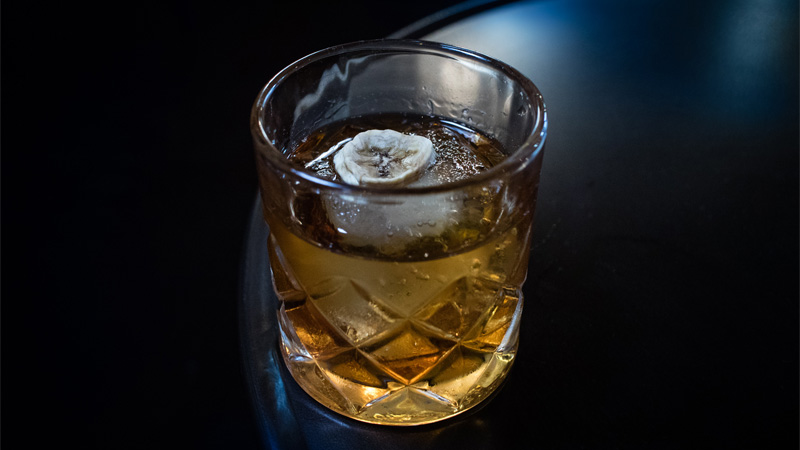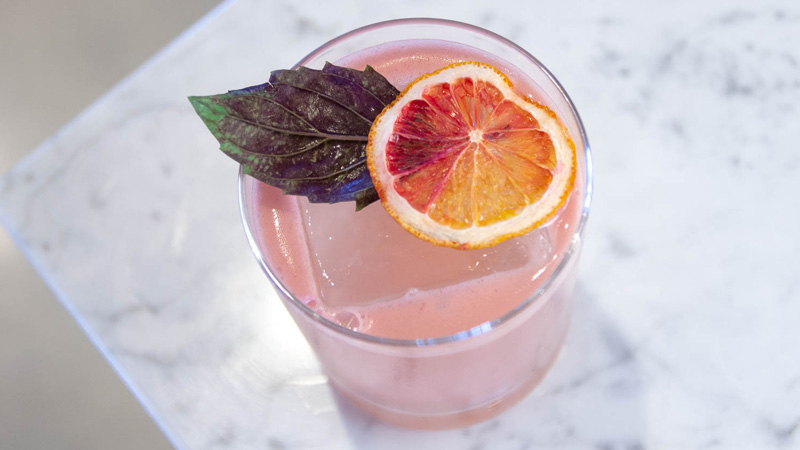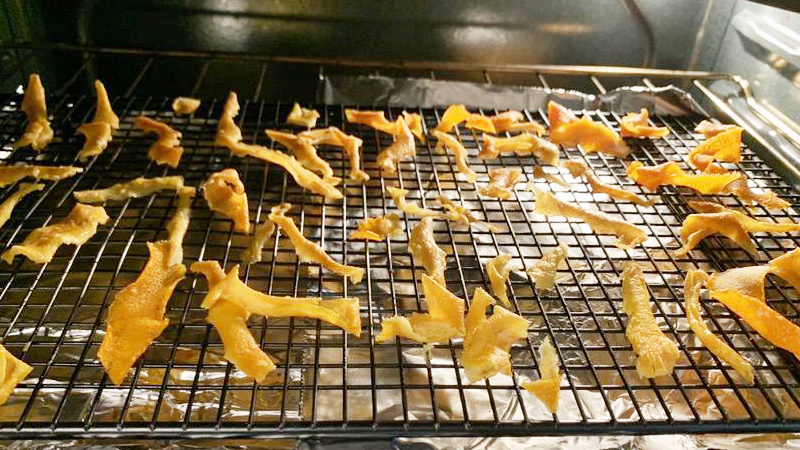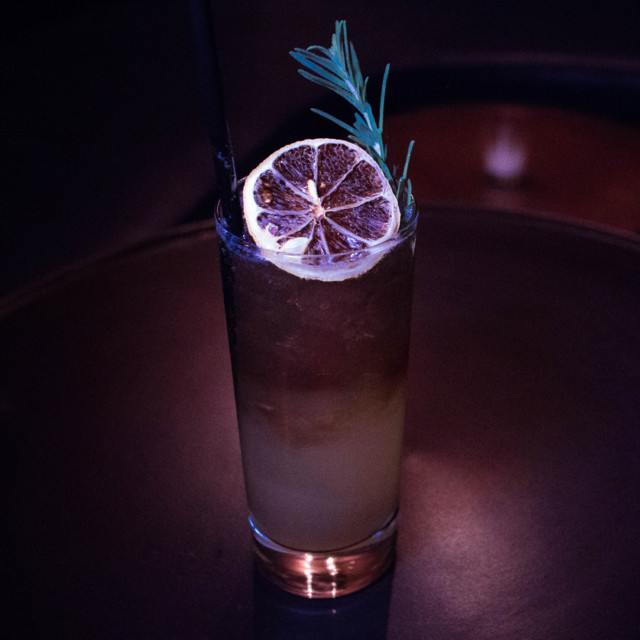There’s a strange beauty to a dehydrated cocktail garnish. Its dried, slightly shriveled husk once pumped with fresh juice looks a bit abstract, like an impressionist work taunting one of Paul Cezanne’s fruit bowls. At first glance, seeing its alien elegance floating atop a drink or clipped to a rim may chiefly strike as an aesthetically pleasing finishing touch.
For environmentally conscious bar professionals, that dehydrated slice of orange, lime, or other iteration of nature’s candy serves a far more noble purpose than merely looking stylish. It provides drinks pros with a tangible object to promote sustainability in a manner that gives purpose to the term instead of turning it into well-meaning yet unfulfilled buzzword. When you consider American food waste produces the same amount of greenhouse gas emissions as 37 million cars, maintaining a bar where fruit gets dried up instead of tossed out is a critical mission that ultimately places the garnish’s visually arresting nature in a more proper perspective.
“A good-looking dehydrated garnish can help sell a drink,” explains Alex Barbatsis, head bartender at The Whistler in Chicago. “But when you consider the garnish’s greater context, if you’re chopping up and drying out lime wheels just to make a drink look pretty, then what’s the point?”

A Better Approach to Bar Operations
The goal behind garnish dehydration isn’t to completely eliminate a bar’s carbon footprint. In a way, that would be futile; the electrical equipment commonly used to dry the fruit leaves its own set of tracks. The true endgame behind their usage is to bring an establishment’s food waste to as close to zero as possible, and success tends to be measured in effort. “Sustainability is sustainability,” says Brian Grummert, owner and bar manager of Subject in NYC’s Lower East Side. “As long as you can figure out how to create sustainability in your bar the best you can, that’s really what matters.”
Using dehydration techniques to strive toward a zero-waste environment also comes with a massive side benefit: It produces a smarter bar operation. The tendency to prep garnishes prior to service adds efficiency to service, as it eliminates the process of a bartender slicing fresh fruit — and possibly their index finger — each time they make a drink for a guest.
Desiccated fruits also don’t spoil, which allows bars to extend their ingredient inventories. This leads to cost savings that may initially appear modest, like the savings gained from other operations-based decisions such as choosing slightly less expensive bathroom soap or table candles. Over time, however, saving a few bucks on citrus every week makes a substantial long-term impact on a bar’s bottom line.
Dehydrated garnishes can also enhance an ingredient’s overall value to a bar. Consider the orange, for example. Its use as a twist or a zest makes it an essential part of a bar’s citrus stash, but very few cocktails served on the regular call for its juice. Those that do tend to be whipped up for Sunday brunch instead of an evening out. This reduces the fruit to a wasteful blob that threatens to disrupt a bar’s zero-waste intentions in its natural state. Sliced and dried, however, it can be a bartender’s trusted ally, ready to gussy up the rim of a Hurricane or a Ward Eight.

What About the Drinks?
Winnow things down to the cocktail level, and the usage of dehydrated garnishes aligns with more expected sensory metrics. “The starting point is always the flavor of the drink,” says Grummert. “First and foremost, you need to make sure the drink is tasty as f**k.”
Dehydrated garnishes help bartenders achieve this goal by bringing practicality to cocktail building. Its dried composition means the bartender or guest won’t inadvertently squeeze a few droplets of fresh fruity juice into the drink and knock its balance out of whack, a mistake that can be especially problematic with a cocktail that relies on precision like a Daiquiri. Removing its liquid also intensifies a garnish’s aromatics, and this extra punch can add sensory depth to a drink.
Plus, these garnishes carry an extra flavorful touch at the end of the drink that’s occasionally hidden in plain sight. “Over the years, I’ve seen lots of people finish their drink and set the dehydrated garnish aside,” says Fanny Chu, former head bartender for the recently shuttered Donna in Brooklyn. “When I see that, I’ll tell them, ‘You know, your garnish is edible.’ A lot of times, they have no idea.”

Right Under Their Nose
“There are three types of customers when it comes to dehydrated garnishes,” explains Barbatsis. “There are the customers that want to know more about the garnish, others that just think it’s pretty, and ones that just chuck it altogether. It’s up to the bartender to figure out which type of guest they’re serving.”
Indeed, the sustainability angle behind dehydrated garnishes tends to go unnoticed by most guests, particularly on Fridays and Saturdays when the din of weekend warriors overtakes the quiet chatter of cocktail geeks. “We educate those that are interested, but we don’t preach,” Grummert explains. But seizing the opportunity to deepen the conversation to a sustainability level has spreadable dividends.
“There are some guests that come in to learn and get nerdy,” Chu says. “When they start asking about the purpose behind dehydrated garnishes, they get blown away. This creates this awesome exchange of energy. When other people at the bar see it, they want in on it, too.”
While these conversations are delightful, it’s perfectly fine if the guest doesn’t ponder their drink’s dehydrated hunk of fruit flesh beyond its outer beauty. The garnish will still promote sustainability even if it goes unnoticed by the public. If these dried-up ingredients help to heal the planet even in the slightest measure, that’s truly what matters.
